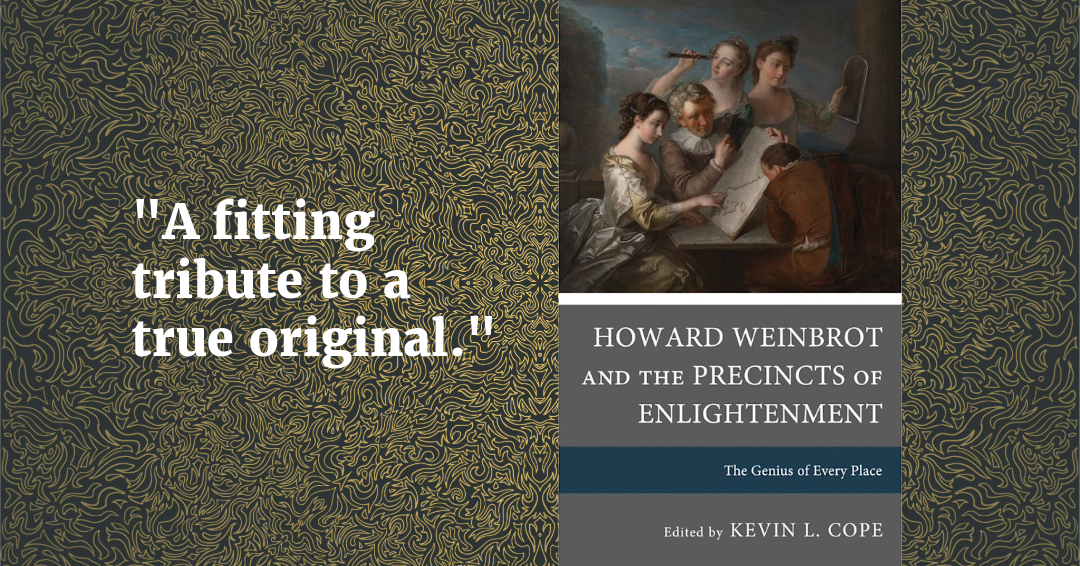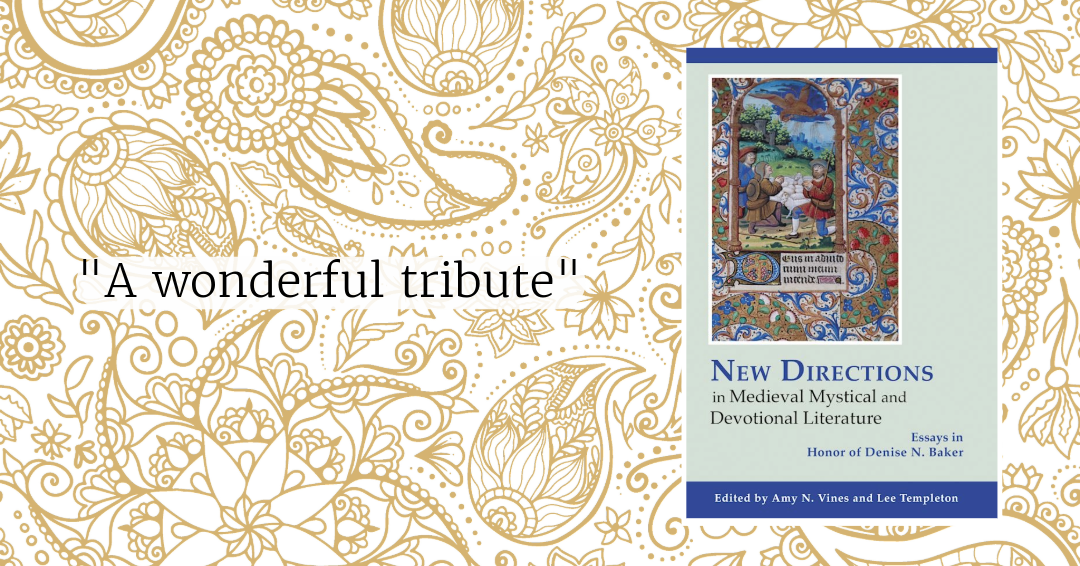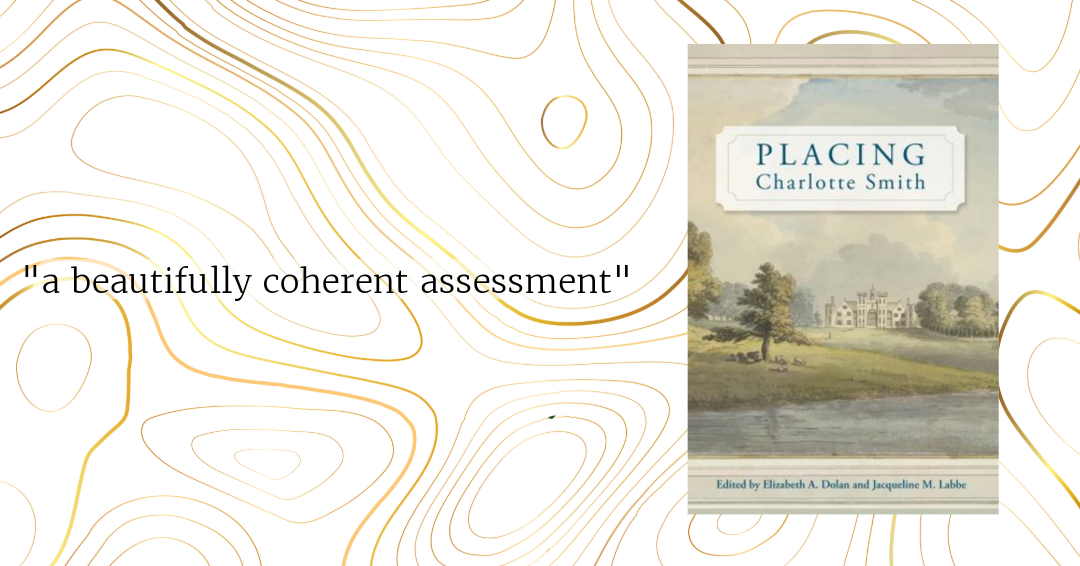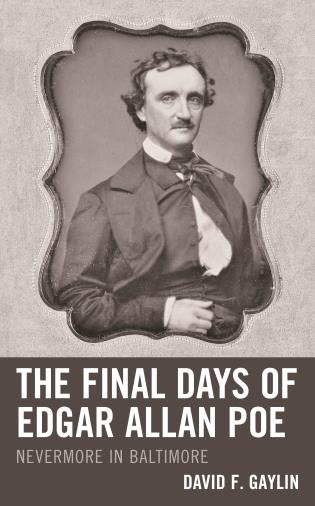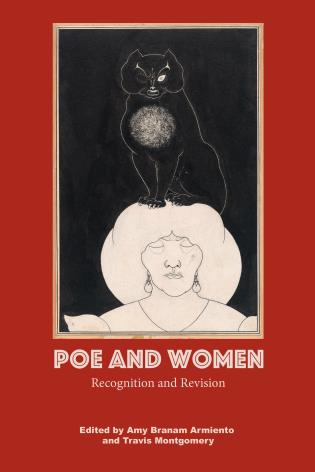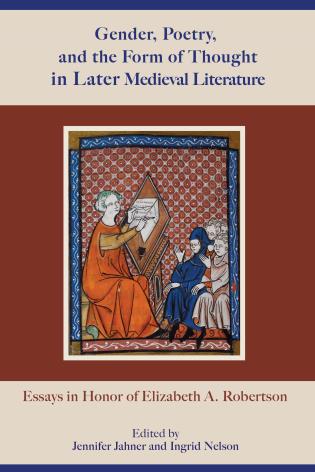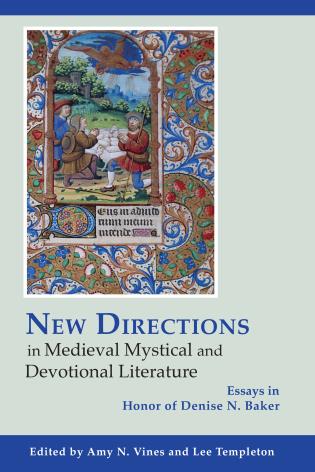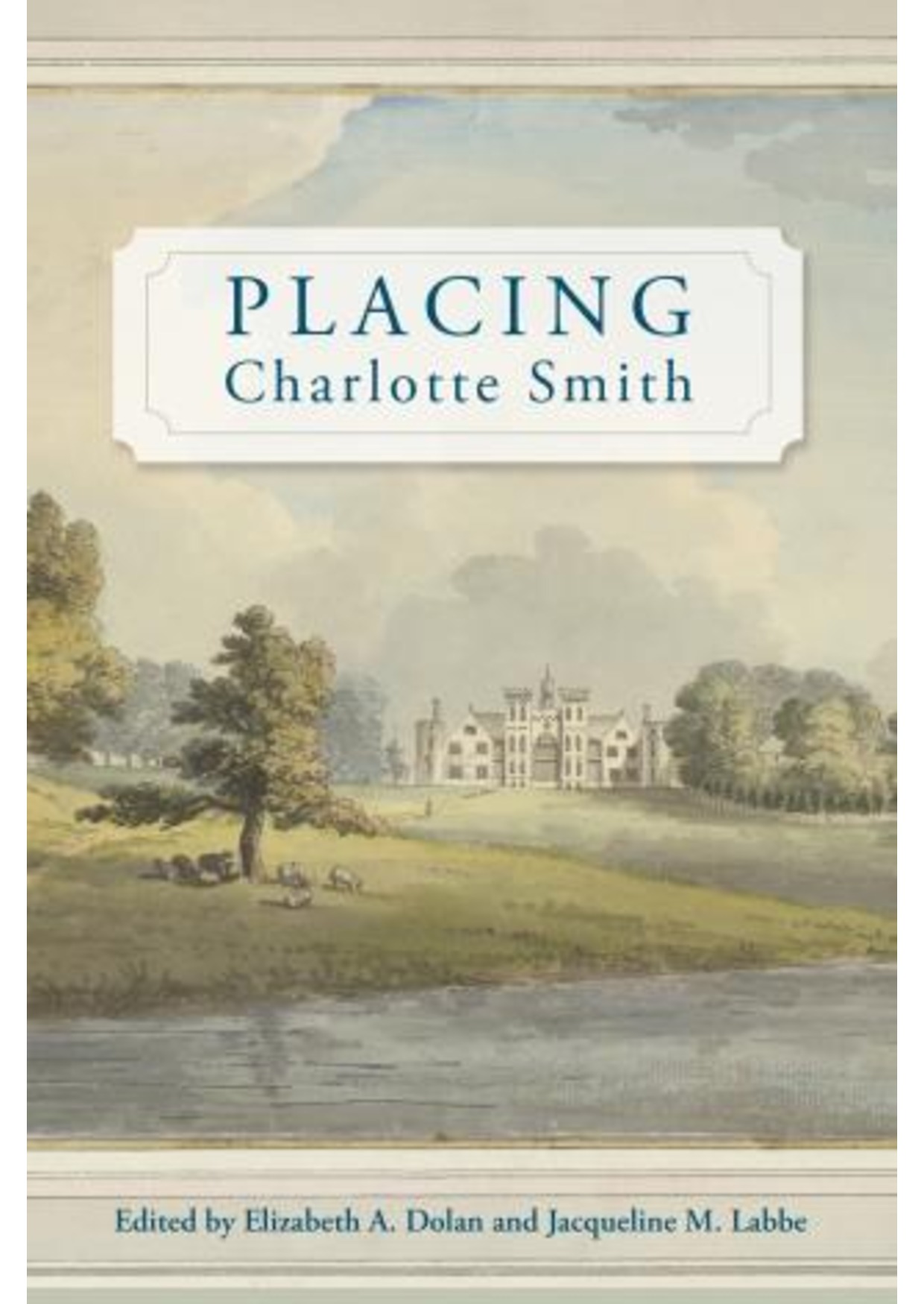Marcia D. Nichols of the University of Minnesota Rochester has written a fantastic review of Linda Myrsiades' book Law and Medicine in Revolutionary America. This review was published in vol. 139, no. 2 of the Pennsylvania Magazine of History and Biography, and can also be found below:
In 1797, Benjamin Rush sued William Cobbett for libel. Rush’s decision to address in the courtroom the biting criticism “Porcupine” had leveled at “Sangrado” during the 1797 yellow fever epidemic was a highly risky strategy that ultimately proved a pyrrhic victory for the doctor. In 1798, the Alien and Sedition Acts made it possible for Rush’s Republican legal team to turn the tables on the Federalists by using their law to punish one of their own journalists. Linda Myrsiades “anatomizes” the Rush-Cobbett trial of 1799 as a case study that captures the interrelationship among early party politics, the medical marketplace, debates over freedom of the press, and an emerging uniquely American jurisprudence (3). By contextualizing a rare, published trial transcript, Myrsiades offers a highly compelling reading of Rush v. Cobbett as a “crucible for testing critical issues of the times” that explores the mutually constituting narratives of medicine and politics, fever and religion, individual and nation (2).
Before the mid-nineteenth century, it was nearly impossible to bring suit against a medical practitioner for malpractice because malpractice law required plaintiffs to prove not only that the physician had been neglectful but also that the patient had not acted irresponsibly. Therefore, most claims of malpractice were tried in the press, where unhappy patients or critical colleagues would air their grievances; often, medical practitioners would answer in kind. Myrsiades contextualizes Cobbett’s attacks on Rush within this tradition as well as within the rancorous doctors’ wars of the yellow fever epidemics, in which Rush was a lead participant. By establishing that Rush was no stranger to animadversion in print, Myrsiades highlights how extraordinary it was for Rush to sue Cobbett for slander.
Myrsiades examines Cobbett and the state of the scurrilous press in light of Federalist attempts to limit press freedom. “Porcupine” comes alive as Myrsiades recounts his acid pen, his frequent brushes with the law, and his gloating defi ance of Chief Justice John Mitchel McKean, who, unfortunately for Cobbett, became governor of Pennsylvania before Rush’s libel suit came to trial. The new chief justice, Edward Shippen, would prove equally hostile to Cobbett, managing the trial and instructing the jury in highly prejudicial ways.
Myrsiades traces the brilliant, if disjointed, legal strategy of Rush’s team, who linked the trial’s outcome to the fate of the nation. Employing the secular jeremiad to great effect, they apparently convinced a jury that fi nding Cobbett guilty was necessary to preserve America’s freedom. Cobbett’s team, in contrast, was lukewarm in its defense, failing to utilize the truth defense, as the absent Cobbett wanted. With the deck stacked against the defendant, “the jury took only two hours to convict . . . and assign an unprecedented fi ne of $5,000,” causing Cobbett to flee the country (190).
Law and Medicine in Revolutionary America offers a brilliant reading of a crucial, if largely overlooked, event in early American law and medicine. Myrsiades’s deft handling of sources and her trenchant analysis of the 1799 Rush-Cobbett trial offer new insight into freedom of the press, the medical marketplace, the legal system, and the politics of the early republic.

